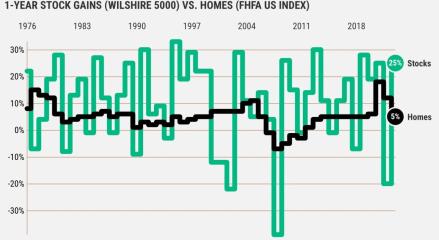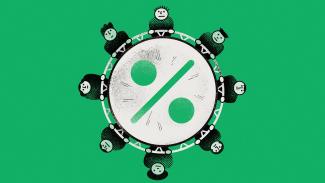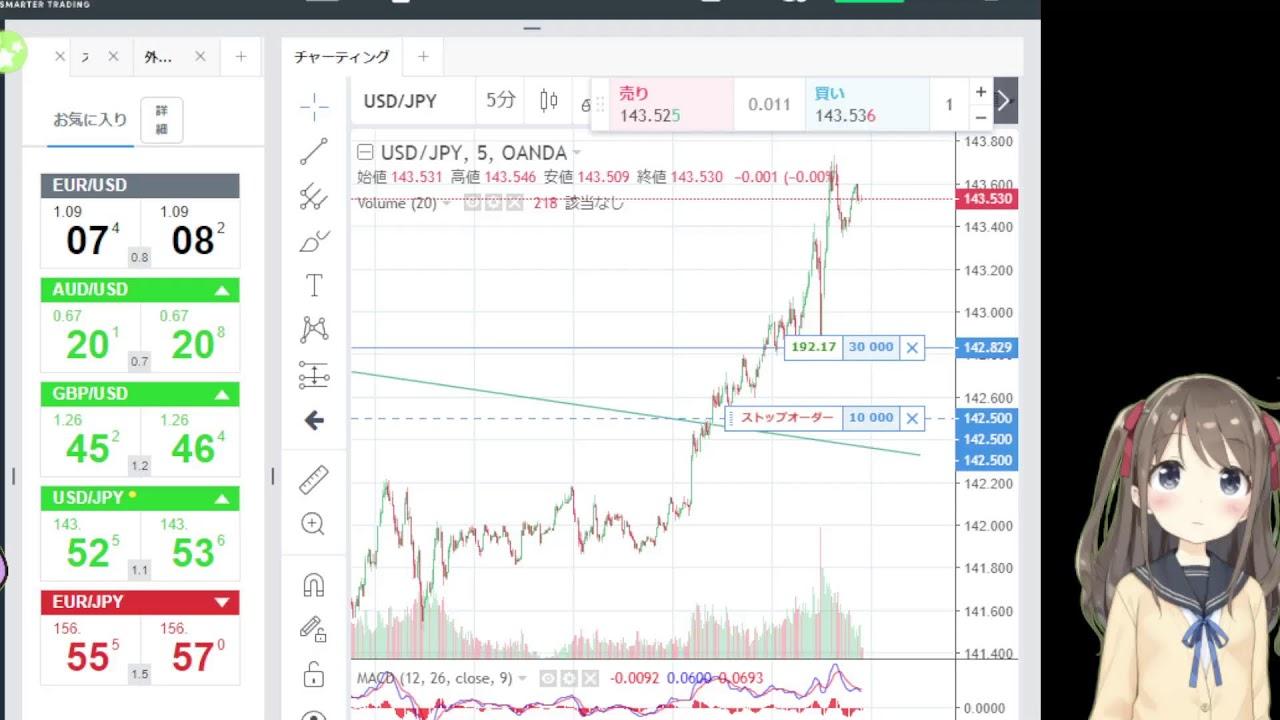"loss cut" and "stop-loss" essentially refer to the same concept in trading. Both terms describe a risk management strategy where a trader sets a predetermined level at which they are willing to accept a loss and automatically exit a trade.
Let's say you're a forex trader, and you decide to go long (buy) on the EUR/USD currency pair at a price of 1.1500. However, you also want to manage your risk and limit potential losses, so you decide to set a stop-loss order at 1.1450.
In this example:
- Entry Point: Buy EUR/USD at 1.1500.
- Stop-Loss Level: 1.1450.
Here's how the scenario might play out:
- You enter the trade, buying the EUR/USD at 1.1500, anticipating that the price will rise.
- Simultaneously, you place a stop-loss order at 1.1450 with your broker.
- If the market moves against you and the EUR/USD price drops to 1.1450, your stop-loss order is triggered.
- Once the stop-loss order is triggered, your broker automatically sells your position at the prevailing market price (which could be slightly different from your stop-loss level due to market fluctuations).
Setting the stop-loss at 1.1450 means you are willing to accept a maximum loss of 50 pips (the difference between your entry point at 1.1500 and the stop-loss level at 1.1450). This helps you manage your risk by defining in advance the amount of loss you are willing to tolerate on the trade.
Remember, the specific stop-loss level chosen would depend on your risk tolerance, trading strategy, and market analysis. It's a crucial component of risk management in trading.















